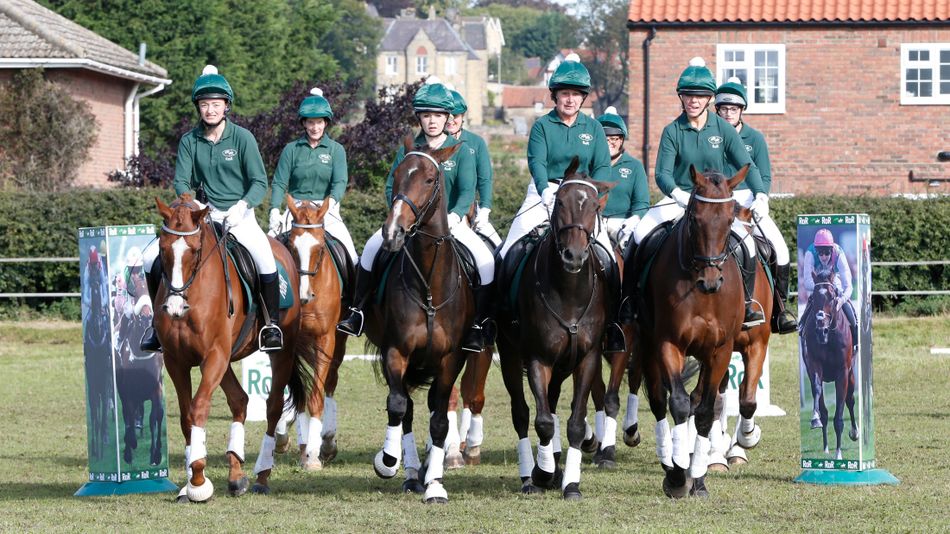
Racing Post: Retraining of Racehorses Reveals Ambitious Three-Year Plan to Address Crucial Demands in Aftercare Field
The strategy outlined by the Horse Welfare Board aims to improve welfare, retraining standards, traceability, and funding in the horse racing industry. It was created as a result of the 2021 aftercare funding review, with the responsibility of piloting the sector given to RoR on behalf of the industry. The strategy is ambitious and requires the full support and funding commitment of the industry to maximize its impact.
One of the main goals outlined in the strategy document is to increase industry contributions to aftercare by tenfold in the next three years. This goal is recognized as challenging, considering the financial circumstances across all sectors of the industry. While there are many threats facing the racing industry, the welfare of animals is a particularly important issue as it has a significant impact on public perception. It is crucial to educate the public about what happens to racehorses after they retire and demonstrate that they have a fulfilling second career.
The strategy also emphasizes the need for industry support and the development of long-term and sustainable funding models. While seed money will be needed initially, the aim is to establish a sustainable future for aftercare. By 2026, the strategy aims to have 20,000 former racehorses registered on the RoR database and have 60% of racehorse owners actively engaging with them. The goal is to provide tools that make the lives of owners and trainers easier, rather than being seen as an “aftercare police.”
The strategy also recognizes the importance of improving conditions for leisure riders, as only around 10% of public horse ownership is tied to other equestrian disciplines. Traceability plays a significant role in this, as it provides an engaging way for new owners to register and claim a horse. Since it is not possible to regulate the registration of horses once they have left the racing industry, attracting owners to register voluntarily becomes essential.